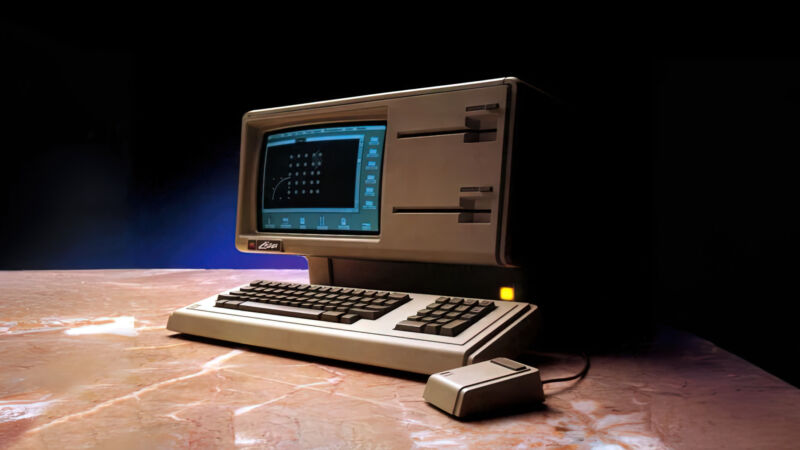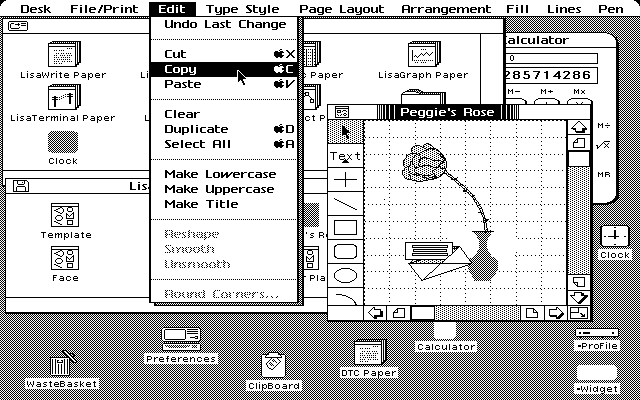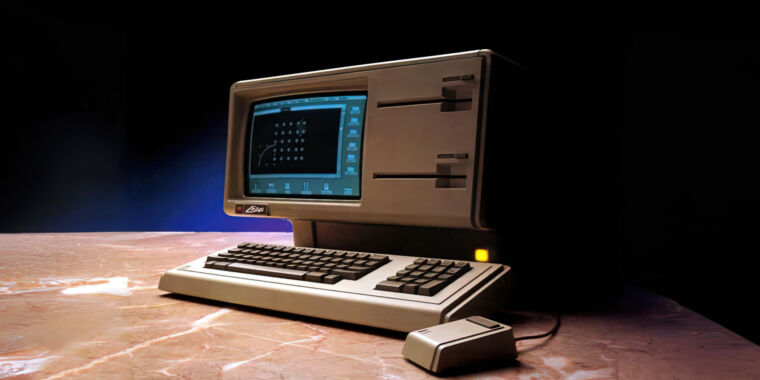
Apple inc.
As part of Apple Lisa’s 40th anniversary celebrations, the Computer History Museum has released source code for Lisa OS version 3.1 under an Apple Academic License Agreement. With Apple’s blessing, the Pascal source code can be downloaded from the CHM website after filling out a form.
Lisa Office System 3.1 dates back to April 1984, during the early Mac era, and it was the Lisa equivalent of operating systems such as macOS and Windows today.
The full source code package weighs in at about 26MB and consists of over 1,300 commented source files, nicely divided into subfolders denoting code for Lisa’s main operating system, several bundled apps, and the Lisa Toolkit development system.
-
An extract of the Apple Lisa OS 3.1 “Twiggy” floppy driver written in Pascal.
Apple
-
An extract of the Apple Lisa OS 3.1 “Twiggy” floppy driver written in Pascal.
Apple
-
An extract of the Apple Lisa OS 3.1 “Twiggy” floppy driver written in Pascal.
Apple
First released on January 19, 1983, the Apple Lisa remains an influential and important machine in Apple history, pioneering the mouse-based graphical user interface (GUI) that made its way to the Macintosh a year later. Despite its innovations, the Lisa’s high price ($9,995 retail, or about $30,300 today) and lack of application support held it back as a platform. A year after its release, the comparable capable Macintosh was dramatically reduced in price. Apple launched a major overhaul of the Lisa hardware in 1984, then discontinued the platform in 1985.

A screenshot of the Apple Lisa Office system.
The Lisa wasn’t the first commercial computer with a GUI, as some have claimed in the past – that credit goes to the Xerox Star – but Lisa OS defined important conventions that we still use today in windowed operating systems, such as dragging and dropping – drop icons, movable windows, the recycle bin, the menu bar, drop-down menus, copy and paste shortcuts, control panels, overlay windows, and even one-touch automatic system shutdown.
With the release of the LisaOS source code, researchers and educators can now study how Apple developers implemented these historically important features four decades ago. Apple’s Academic license permits use and compilation of source code for “non-commercial, academic research, educational teaching, and personal study purposes only.”
The Computer History Museum previously teased the release of the code in 2018, but after looking for some time, they decided to postpone the release until the computer’s 40th anniversary – the perfect gift to honor the legacy of this important machine.

